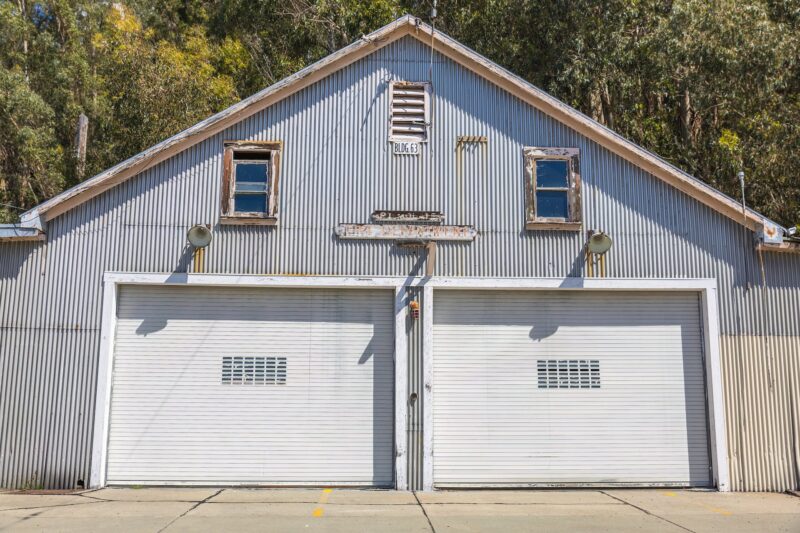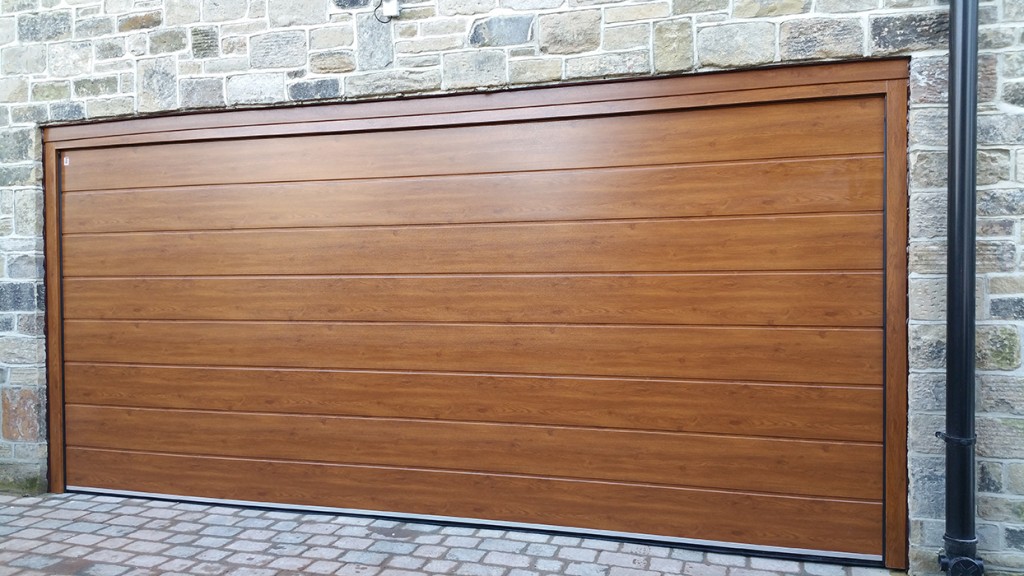Installing a garage door may seem like a daunting task, but with the right approach and a little bit of patience, you can tackle this project like a pro. In this guide, we’ll break down the process into manageable sub-projects, provide you with valuable tips, and even throw in a few witty remarks along the way. So, grab your tools, and let’s get started!
1. Planning and Preparation
Before diving headfirst into the installation process, it’s crucial to spend some time planning and preparing. Measure the dimensions of your garage opening, determine the type of door you want (roll-up, sectional, or tilt-up), and consider any additional features you may need, such as insulation or windows.
Remember, Rome wasn’t built in a day, and neither should your garage door installation. Break the project into smaller sub-projects, like measuring, purchasing materials, and assembling the door panels. This approach will help you stay organized and focused.
Some of the tips and tricks for planning and preparation are:
- Choose the right garage door for your home based on the size, style, material, insulation, and security features that suit your needs and budget. You can also customize your garage door with windows, panels, hardware, and colours to match your home’s exterior.
- Gather the necessary tools and materials for the installation, such as a hammer, nails, drill, level, ladder, safety glasses, and garage door parts. The garage door parts should include the panel sections, hinges, rollers, tracks, brackets, springs, cables, and weather stripping. Check that you have all the parts listed in the manufacturer’s instructions and that they are in good condition.
- Measure and prepare the opening for the garage door. The opening should be the same size as the garage door, not including the stop moulding on the frame. Use a level to check that the header is level and the sides are plumb. The framing should be sturdy and free of damage or rot. The stop moulding should be in place before installing the garage door.
2. Safety First

When it comes to installing a garage door, safety should be your top priority. Make sure to read the manufacturer’s instructions carefully and follow them to the letter. Wear protective gear, such as goggles and gloves, and keep a first aid kit handy, just in case.
Don’t be a lone wolf in this endeavour; having an assistant can make the process smoother and safer. They can help you handle the heavy lifting and provide an extra set of eyes to ensure everything is installed correctly.
3. Step-by-Step Installation
Now that you’re well-prepared and have your trusty assistant by your side, it’s time to dive into the step-by-step installation process.
Related:
Start by installing the vertical tracks on both sides of the garage door opening. Make sure they’re plumb and securely attached to the wall. Next, attach the horizontal tracks to the ceiling. Remember, precision is key here, so take your time to ensure everything is level and aligned.
B. Mounting the Springs and Cables
Now it’s time to tackle the springs and cables. This step requires caution and attention to detail. Follow the manufacturer’s instructions carefully, as the specific process may vary depending on the type of door you’re installing.
Remember, garage door springs are under high tension and can be dangerous if mishandled. If you’re not confident in your abilities, it’s best to seek professional assistance.
C. Attaching the Panels
With the tracks, springs, and cables in place, it’s time to attach the door panels. Starting from the bottom, secure each panel to the tracks using the provided hardware. Make sure the panels are level and properly aligned before moving on to the next one.
D. Adding the Opener
If you’re planning to automate your garage door, now’s the time to install the opener. Follow the manufacturer’s instructions to mount the opener securely to the ceiling and connect it to the door. Don’t forget to program the remote and test the opener’s functionality before calling it a day.
4. Finishing Touches
With the hard work done, it’s time to add the finishing touches. Install any additional features you desire, such as insulation or windows, and make sure all the hardware is tightened and secure.
They include adjusting the tension of the springs, testing the operation of the door, and adding any accessories or decorations you want. Some of the tips and tricks for finishing touches are:
- Adjust the tension of the springs according to the manufacturer’s instructions. The springs should be tight enough to balance the weight of the door, but not too tight that they cause excessive strain or noise. You can use a scale to measure the force required to lift the door halfway and compare it to the recommended value. You can also use a level to check that the door is parallel to the floor when closed.
- Test the operation of the door by opening and closing it several times, manually and with the opener if you have one. Make sure the door moves smoothly and quietly, without any binding, scraping, or shaking. Check that the safety features, such as the sensors, the emergency release, and the auto-reverse, are working properly.
- Add any accessories or decorations you want to enhance the appearance and functionality of your garage door. You can install a keypad, a remote control, a camera, or a smart device to control your door from anywhere. You can also add windows, panels, hardware, or paint to customize your door’s look.
Conclusion
Installing a garage door may seem like a big job, but with careful planning, attention to safety, and a little bit of wit, you can tackle this project like a pro. Remember to break the project into manageable sub-projects, take breaks, and have an assistant to lend a helping hand. So, what are you waiting for? Get started on your garage door installation adventure today!












1 comment
Thanks for sharing. I read many of your blog posts, cool, your blog is very good.